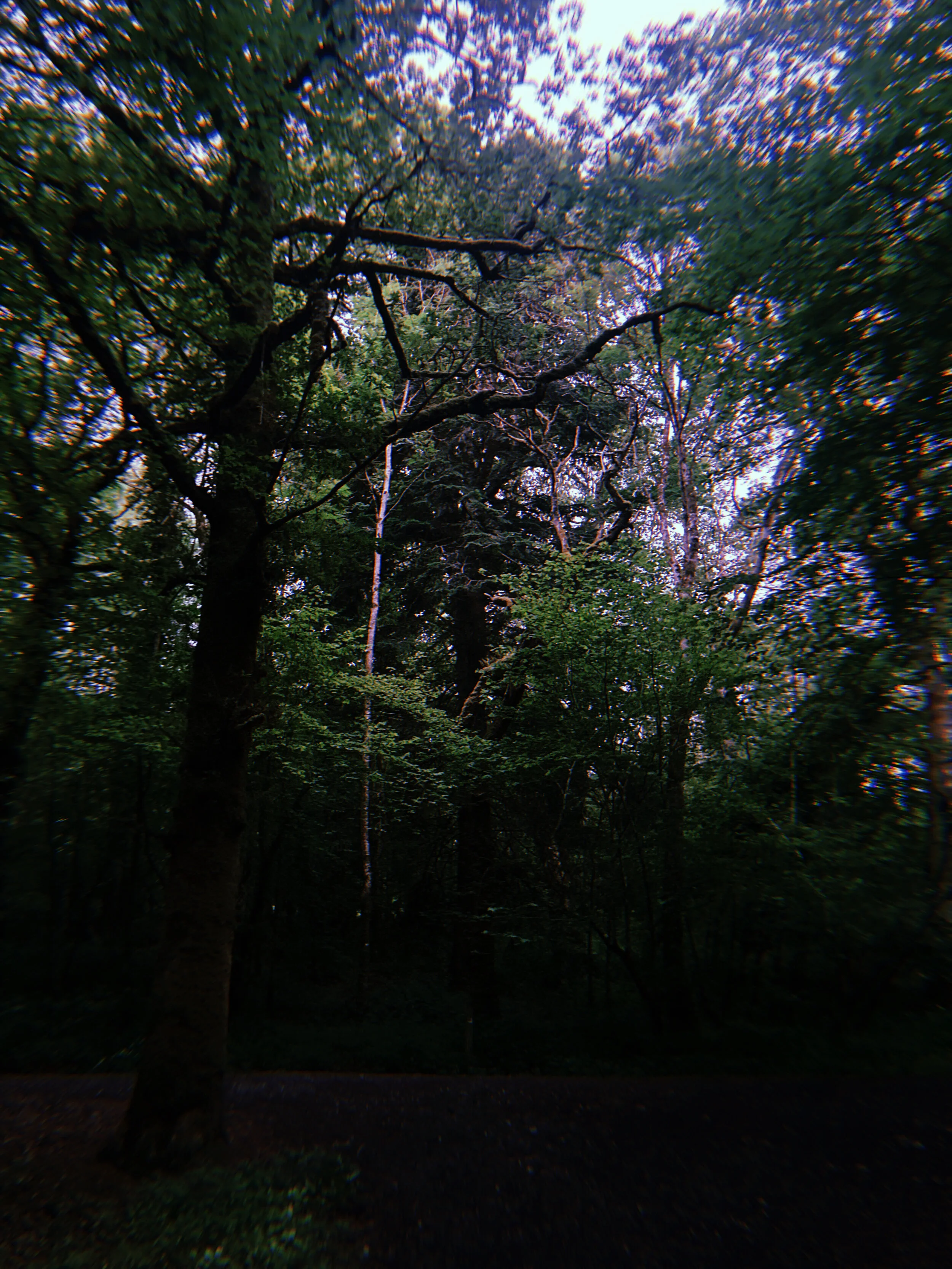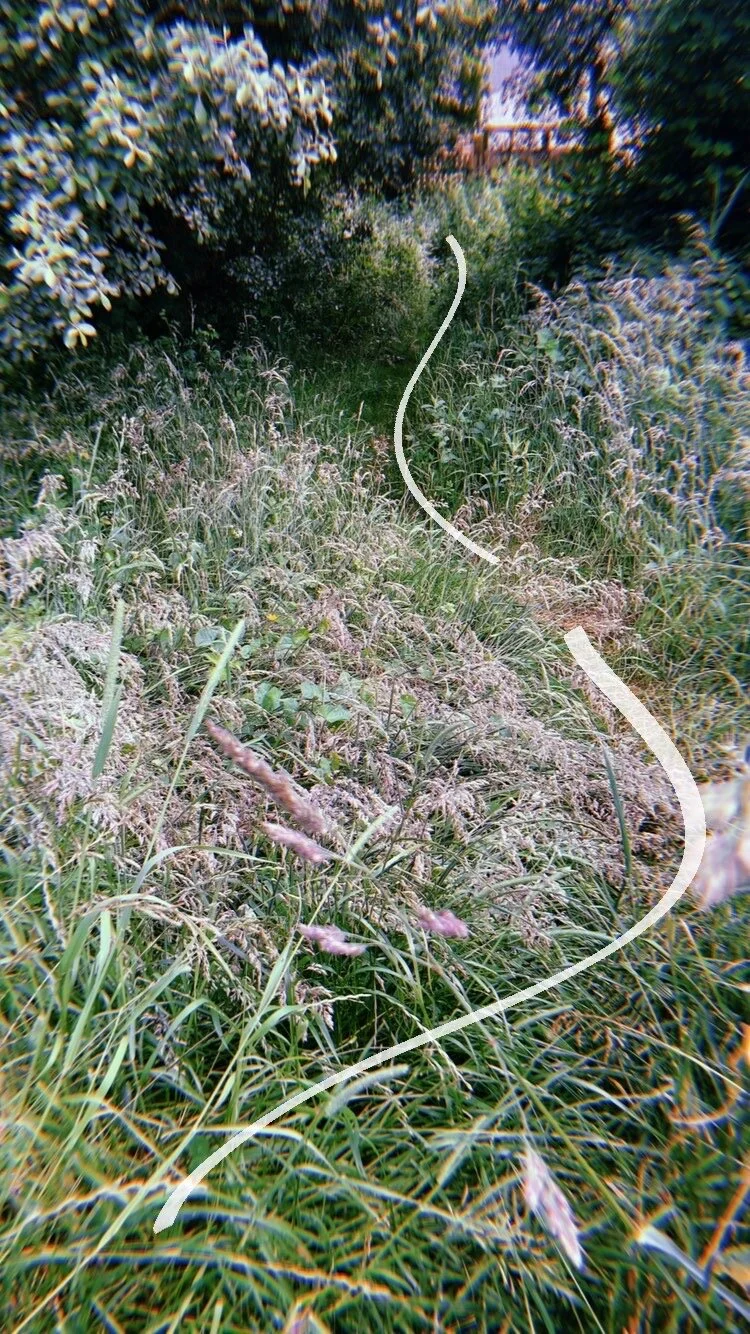Every other year the small village of Prespa, tucked away in a northerly corner of the Greek mountains, becomes the starting point for hundreds of soles, a stretching ground for toes, and a scratching post for both the theoretical and physical itchy feet of a conference of walkers. In 2019, I was lucky enough to attend. I met such a wide variety of creatives and thinkers, who all engage with walking in some form or another - be it part of an artistic practice, or from an anthropological research perspective. It was the first conference I wrote a paper for (and then presented shakily).
This year (2021) the conference went ahead, blending the previous in-person event with a list of online walkshops, talks and panels. I was accepted again to contribute from afar - or in my case, from the very close of my living room. I wrote another paper, talked online as part of a panel of researchers who each looked at varying pedagogies for walking, and took part in as many walkshops as I could.
For my paper, I wanted to expand on the ideas I’d had about the similarities between the reflective methodologies I had been implementing during my masters, and the reflective teaching of Leave No Trace ethics. Titled “Emerging Questions and Considerations on Leave No Trace and Walking Practices”, I wanted my paper to specifically draw on my experience of these two different situations I’ve found myself in; teaching Leave No Trace ethics as a trainer for Leave No Trace Ireland, discussing with people the need for personal reflection in our impacts outdoors; and within the ‘art world’, where I am drawn to artwork that incorporates walking or nature-based elements, where many artists reflect on their creative process but not necessarily the environmental affects.
This whole line of thinking was inspired by my experience of attending the 2019 conference in person. While I was there I saw so many artists who use, and pay homage to, the numerous outdoor spaces we experience swarm through the landscape. It was not necessarily good or bad, but it sparked a reaction within me, and made me wonder what conversations might arise out of running a Leave No Trace Awareness Course for a group of artists.
Paper Abstract: Leave No Trace is an outdoor ethics education programme that has been designed as a guiding mindset for how one interacts with and influences the natural environments. As the act of walking experiences an upsurge in participants, our collective mark on the environment and its natural processes increase. As artists, one can argue that there is a responsibility in how one’s engagements shape the culture around an activity, and as walking spreads into more fields of life and research, this consideration becomes all the more important.
This paper aims to ask some emerging questions into how walking practices could incorporate or consider Leave No Trace within the practice. To investigate this topic I will be drawing on my artistic research into walking as practice, and my experience of both becoming and working as a Leave No Trace Ireland trainer.
When considering the visual media to go with this paper, I wanted to touch on a couple of things. Firstly, I wanted to share imagery that corresponded with the Visual Research Journal and physical methods that I was writing about. For me this process is expressly physical, and so I shared scans of notes I had made about Leave No Trace teaching practices. This research is also still a topic that I am working on, and so for it to look like my research journals also gave it that layer of still being something that I am working on.
Another element that I wanted to explore was how I would combine both Ireland and Greece within my paper - which ended up being a layering of the image of a cairn that I had taken on a recent hike, and maps from the area of Greece that the conference is held. In 2019, the conference was held over my birthday, and I was given a set of guidebooks/maps of the area - a set which have influenced so much of my work since then! It is also these maps that feature within the cairn collage.
As well as the written paper, the conference this year had proposed “audio papers”, which involved creating a short audio piece that participants could listen to while out for a walk. I loved this idea, and wrote a short script that delved into how I think about Leave No Trace while on a walk around my local forest park. Through the audio paper I got to expand specifically on how Leave No Trace principles are taught, and how they can become a constantly reflexive process.
In the past I’ve struggled to balance the theoretical and the creative - I love creating visual art, but quite often seem to forget that I do, when writing or focusing on the theoretical side. This is the first paper where I think I managed a sort of balance between the two, and really enjoyed creating the visual and audio editions to the paper.
Something that I didn’t get to explore in this paper were artists who have (or haven’t) explicitly used Leave No Trace principles, or similar practices. At the end of the paper, I specifically mention the work of Christo and Jeanne-Claude, who pioneered the Environmental Impact Assessment Report for artworks, such as their work The Running Fence, 1976. ‘Environmental Impact Assessment Report’ was a term I hadn’t come across before - and I’m sure is only one of many terms used to navigate the path of art and environment. I’m looking forward to expanding on this topic in the future.
If you want to read or listen to this paper, you can find it here.
Thank you to Clare Lyons and Sinéad Corcoran for (as always) being my sounding boards and writing friends for this paper!






